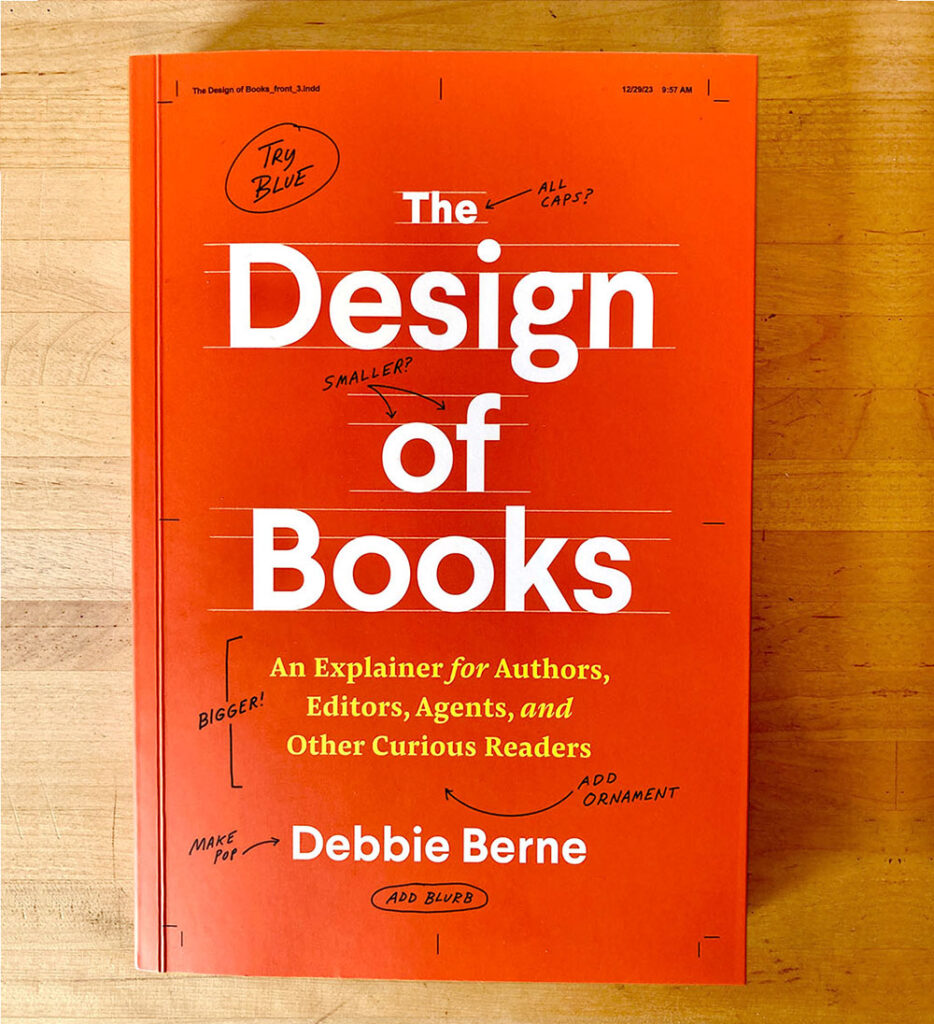This article is part of the Jobs Board Series, informational guides aimed at non-creatives seeking direction on how best to approach, communicate, and work with a professional book cover designer.
Blog post cover illustration by Victoria Sieczka
Stock imagery refers to photographs, illustrations, graphics, and other visual content that are pre-produced and made available for commercial use by individuals, businesses, or organizations.
The following overview will give you an in-depth understanding of what stock imagery is and how to license it. If you’re already familiar with stock imagery and only need advice on determining an appropriate budget for your project, you can scroll down to the bottom.
The information provided below is targeted towards American customers with budgets given in USD. Copyright laws and budgets will differ for countries outside of the United States.
Overview
Stock imagery is easily accessible through online platforms (known as stock photo agencies) which act as marketplaces where photographers and artists can upload their content for licensing, and users can browse and purchase images. Stock imagery is produced by professional photographers and artists, ensuring a high level of technical quality.
Stock Photography: When a designer wants to put a beautiful desert on your cover, you don’t expect them to fly somewhere to photograph a desert, right? Leave that to the pros. Instead, a designer spends time searching for the perfect, sandy shot on various stock photography websites. Examples of photographic deserts are below:



Stock Illustration: In addition to stock photography, your designer can also find stock illustrations and graphics on stock websites. Vector illustrations are created using flat colors and lines. This means they can be resized and scaled to any size without losing their quality. Examples of vector art are below:


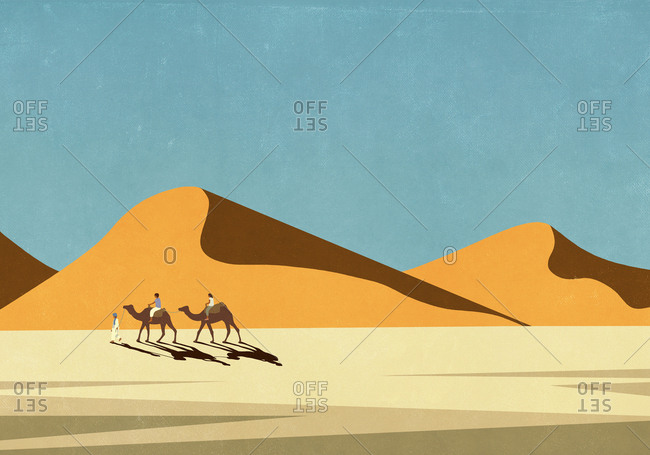
Rasterized stock illustrations, such as paintings, drawings, vintage lithographs, linocuts, etc., are available as well. The thing to keep in mind with rasterized illustrations is that you are limited by the size of the original file (a designer cannot always successfully blow up a 1″ tall postal stamp to fit on a 9″ tall book jacket). Not every single painting out there is licensable, but a ton are.
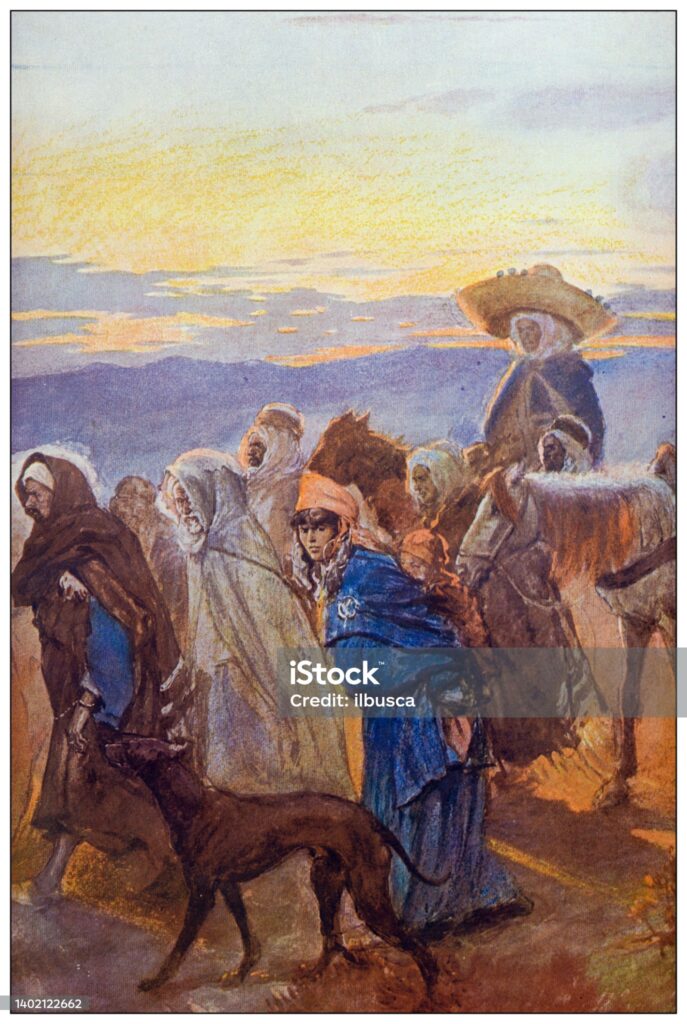
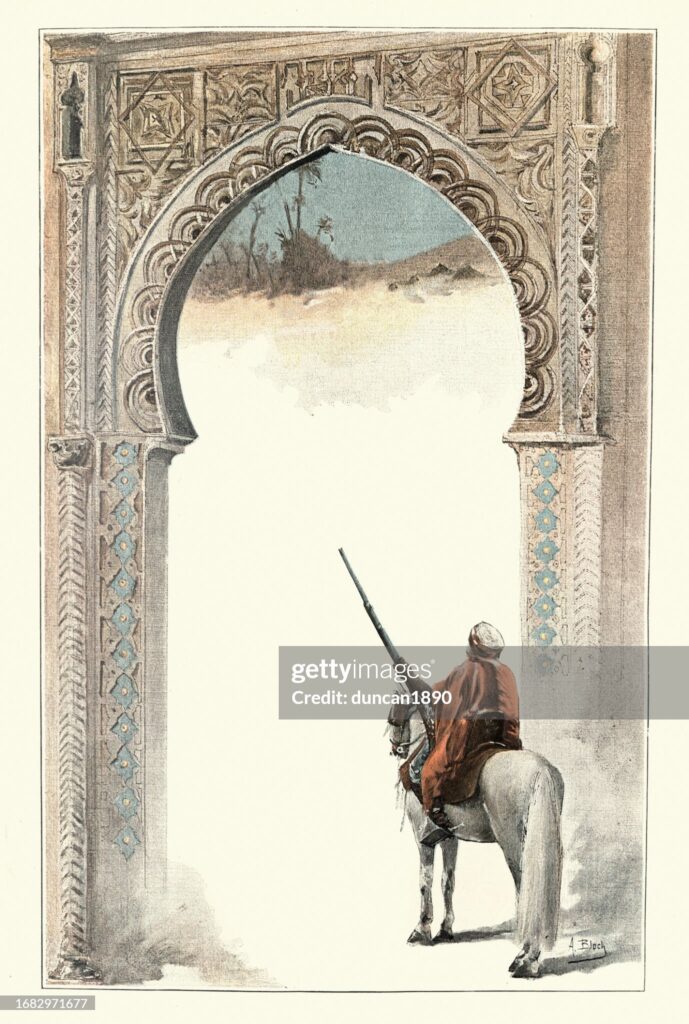

Who pays for stock images? A book’s PUBLISHER or AUTHOR should be the one to properly secure rights to all imagery used in a design. In most cases, a designer cannot secure rights “on your behalf” because rights to stock images are non-transferable. This means that the owner of the book, either the author or the publisher, needs to have proof of a license.
From a Trevillion Representative:
Here at Trevillion, it’s our preference to license images to the ‘end user’ (e.g. publisher or author), as it’s just easier as they will always know what’s happening with the book. We have licensed images to designers (on behalf of publishers/authors) in the past, but when it comes to extending the license, or clearing 2nd Rights, the designer then has to go back to the publisher/author and things just get a bit convoluted.
As we’re a Rights Managed agency at some point in the future the image will need to be renewed (or not if the client doesn’t need to), and that decision is usually made by the publisher/author. Plus, the designer may not have a relationship with the client in 3, 5, 10 years time so it makes sense to deal with the publisher/author in the first instance.
What happens if I do not properly license the stock imagery used on my cover?
You might get screwed.
Trust me, I know from experience. One time a client asked me to purchase an image on Shutterstock for him since I already had an account. Although he reimbursed me for the image, in the eyes of Shutterstock, I owned the rights to this image and NOT the self-publishing author. When the book was released on Amazon, it was flagged within a week of it going on sale. When the author couldn’t produce proof of a license in his own name, the paperback was taken down. Amazon didn’t care that his designer had absolutely paid for it. This wasn’t resolved right away, either. Although the author purchased the $25 image immediately, we had to wait weeks for Amazon to finally repost his book. This completely threw off the book launch and we both learned our lesson.
Let that be your cautionary tale.
Other hassles and legal issues that can be brought against you by the owner of the copyrighted photograph/artwork include cease and desist letters, an injunction or court order preventing the author from distributing or selling the book with the unauthorized photograph, claim to damages (including any profits the author made from the book), and reputation damage.
Budget
What is a reasonable budget to set for stock imagery?
You’ve got lots of options here. Any experienced designer knows which stock websites to browse if a client has a small stock budget, and which ones to browse if we’re shooting the moon. Below is a general overview of average budget ranges.
Stock Budget = $0
If your stock budget is zero, your designer has to work under certain constraints, but this is not an impossible task. Any artwork used on the cover must be:
- Originally created by the designer (ex: an all-type approach)
- Part of the Public Domain / Past its copyright date
- Part of a Creative Commons database. (ex: the digital collections of the New York Public Library or The Met Museum.
You can also look for images on Unsplash.com which offers hi-res downloads for free. Yes, totally free! *Just remember that none of those images are exclusive (duh) and you could therefore see the same image used on another book cover one day.
The rules for when an image’s copyright expires depends on when it was created and whether it was published with proper copyright notice. In the US, different rules apply for works created before 1978, between 1978 and 2002, and for works published after Jan. 1, 2003. I won’t get into the specifics here, but make sure you do your own research to make sure you’re in the clear!
Here are examples of successful covers that were created with a stock budget of $0

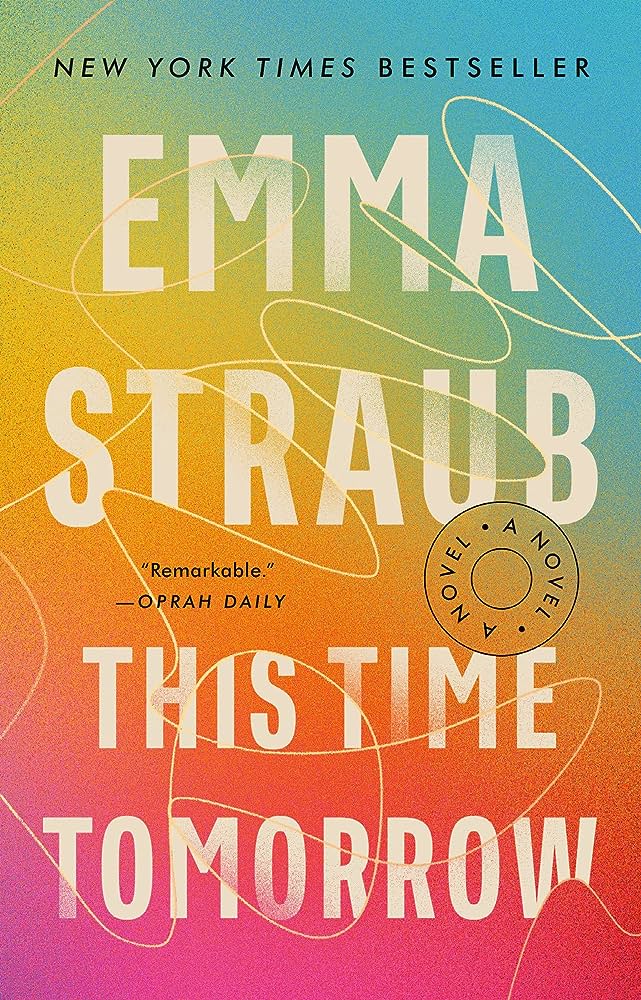

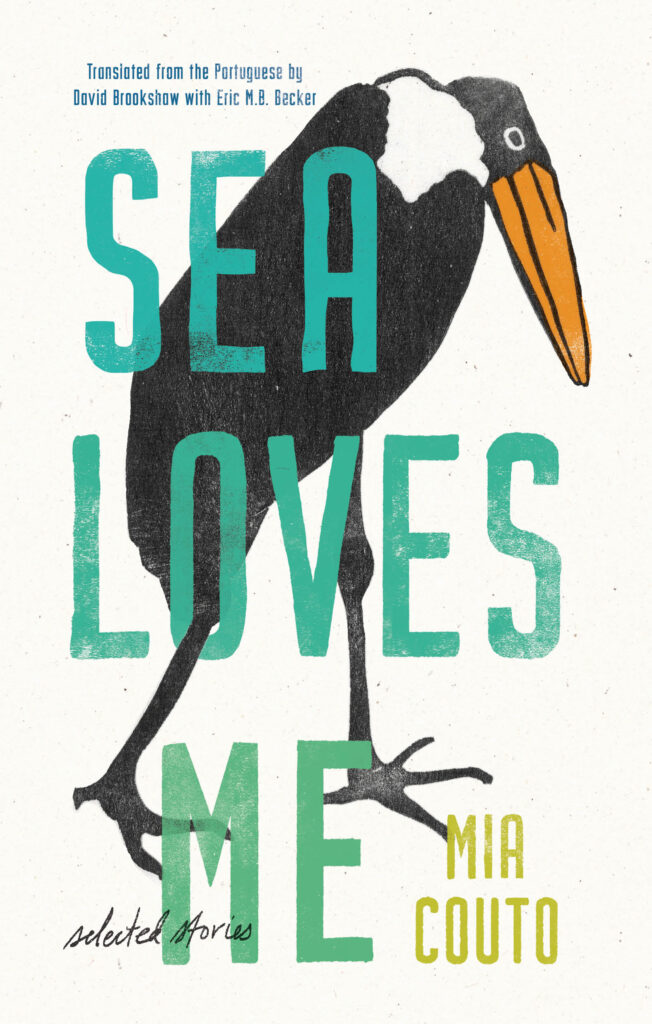
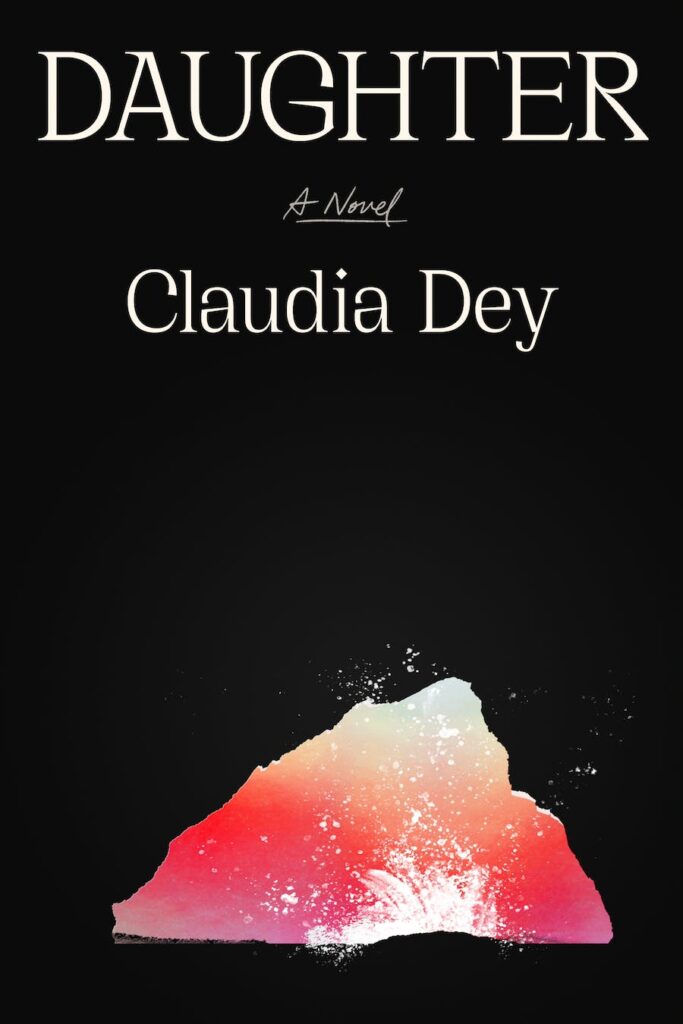

Stock Budget = $25 to $150 range
This is a reasonable budget to work with if you’re seeking a less complex cover (one with a single, hero image and not a collage). Simple images on Shutterstock run as low as $25 each (or less if you purchase a 10-pack or 1-month subscription). Really great images on Stocksy are available for $75 each (at the Large size which is the minimum size required if displayed full bleed on most trim sizes).
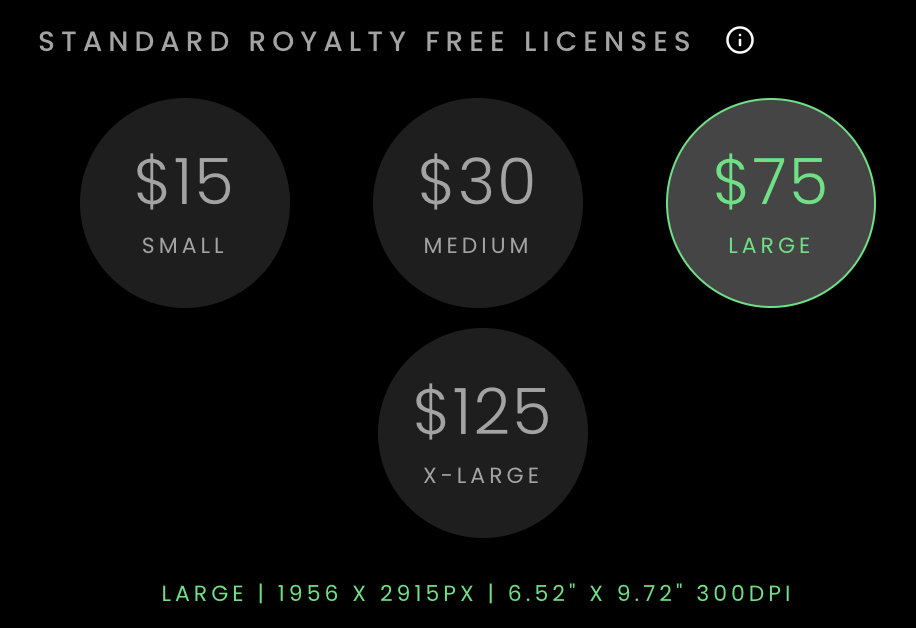
Stock Budget = $250 to $800 range
If you’d like to see a collage of images rather than one single, full-bleed photo, be prepared to spend a bit more. Multiple images add up.
These covers incorprate several stock images at once:
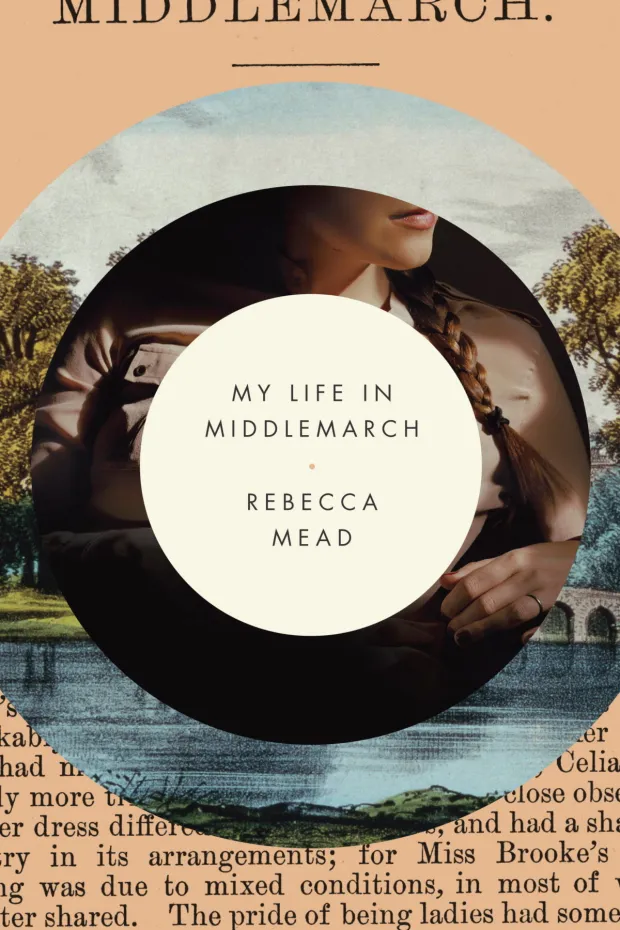


Stock Budget = $1,000 and beyond
Paying over $1,000 USD for a stock image is not unheard of and is quite common for major publishers. Paying anything in this range can be attributed to several factors, mainly exclusivity rights and a large print run.
Exclusive Rights: When someone purchases a stock image with exclusive rights, it means they are the only ones granted permission to use that image for a specified period. This exclusivity ensures that the image won’t be widely available to other publishers, making it a unique asset. Exclusive rights offer a level of control and will command a higher price.
Opting out of Exclusivity and relying on Royalty-Free images means you might see the same photo on multiple covers at once. For further reading on this phenomenon, read this article (from AIGA.com).
Print Run Considerations: The cost of an image can also be influenced by the scale of the project, particularly in terms of the print run. If a project is intended for large-scale distribution, starting with 10k or more, certain images may have a higher price tag due to the increased exposure.
Photographer’s Reputation: The reputation and expertise of the photographer or creator can also affect the amount you should expect to pay. Established and renowned photographers often charge premium rates for their work, reflecting their experience, skill, and the perceived value of their images.
Stock Houses
Rights-Managed (RM),
High-End, Exclusive Rights
Historic, News, Celebrity, Art
A giant list of suppliers, big and small, can also be found on the Visual Connections Website
Further Reading
Pricing Guides: Alamy | Getty | Stocksy | Trevillion | ArcAngel
From TheBookDesigners‘ Blog “Stock Images: The Good, the Bad and the Ugly”
From Getty’s Blog “What to Consider When Using Archival Images in Your Projects”
Stocksy’s Guide to Stock Imagery
Trevillion’s Examples of Published Books Using Their Images
ArcAngel’s Publishing Wing
Bridgeman’s Curated Lightboxes Specifically Made for Book Covers
Jackets that feature artwork from the Bridgeman Art Collection – designer interviews with Stephen Brayda and Myunghee Kwon
Extra credit reading:
Faceout Studio Creative Director, Tim Green, shows several examples of jackets that used artworks from Bridgeman Images in new and exciting ways. One such example is copied below. Read the full article here.





